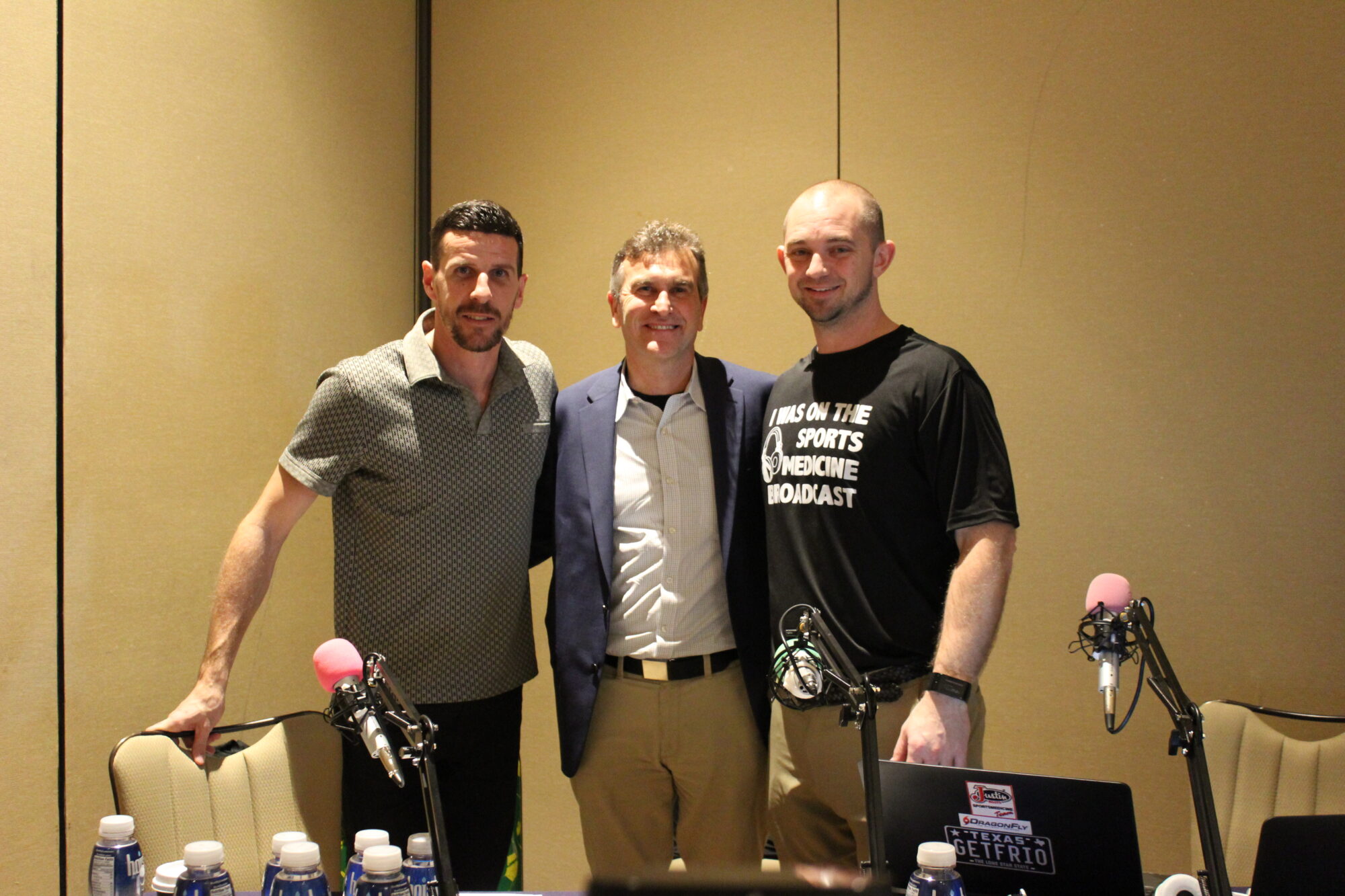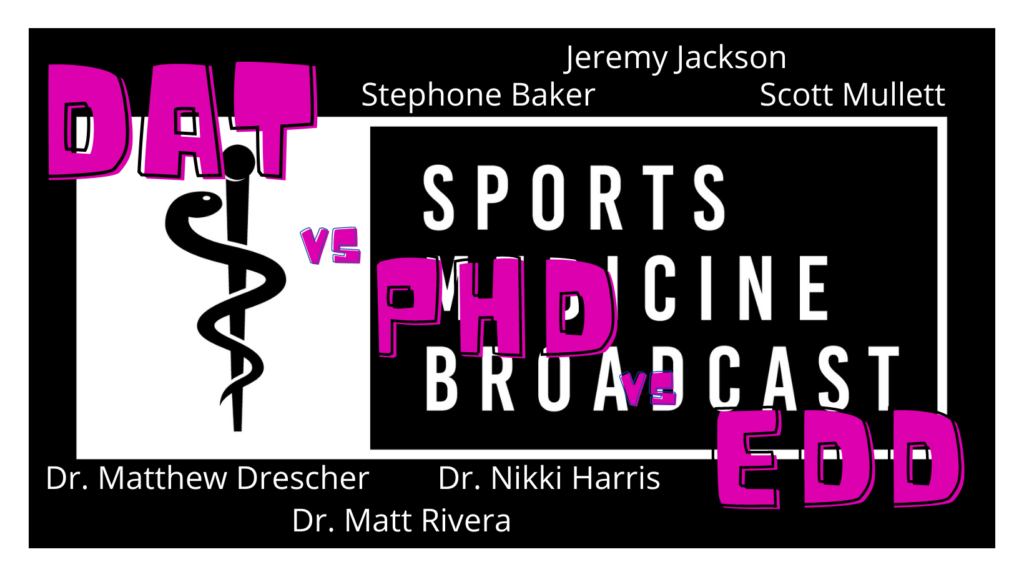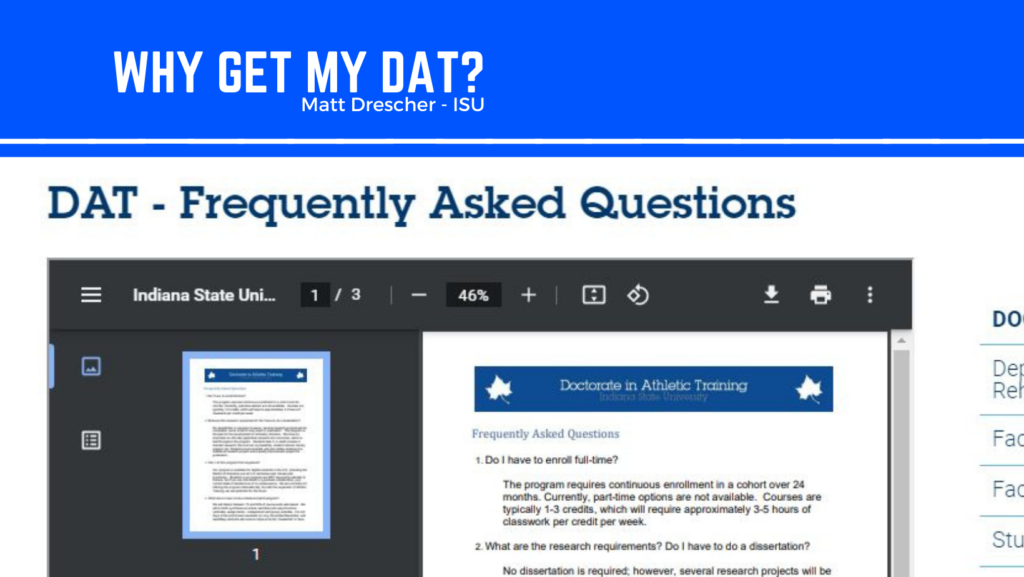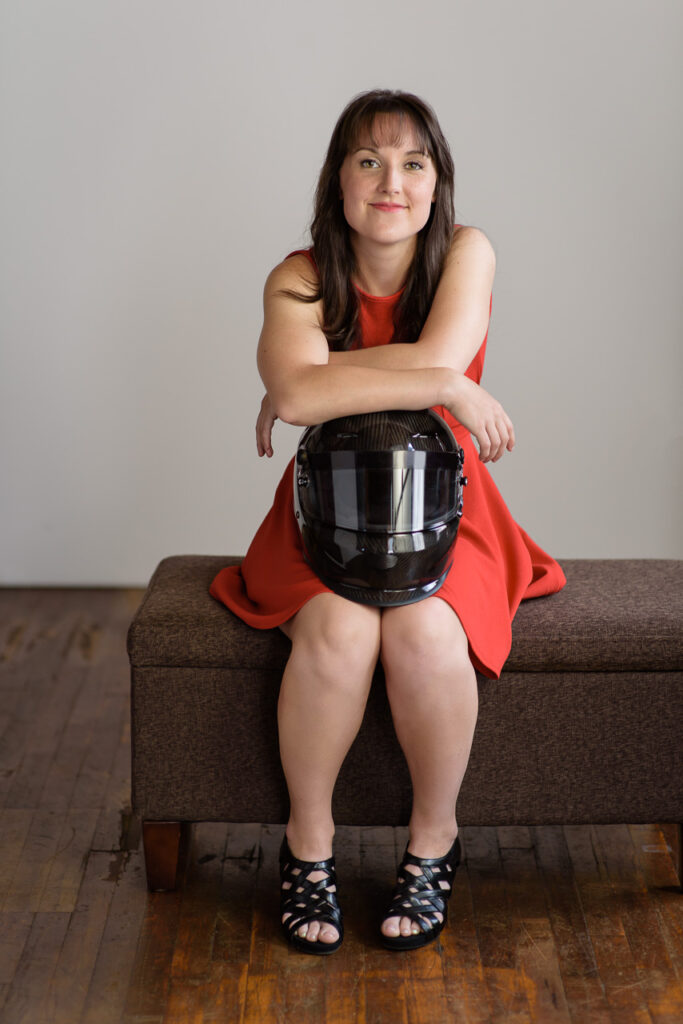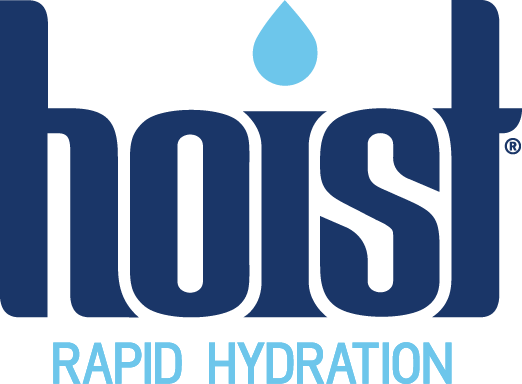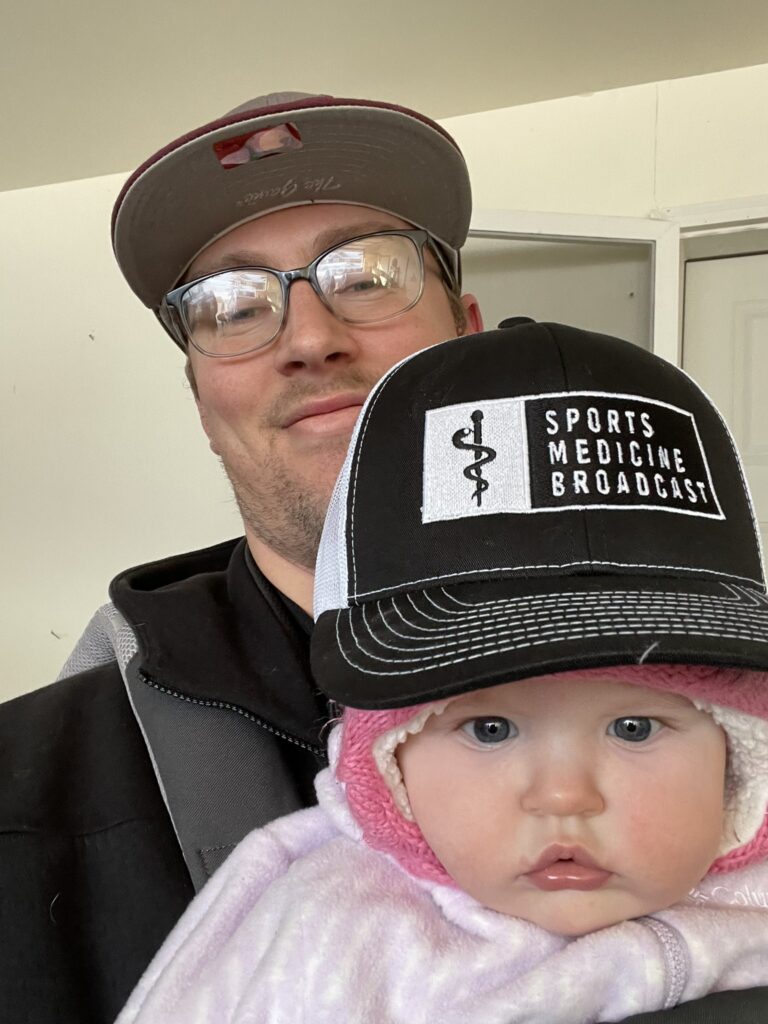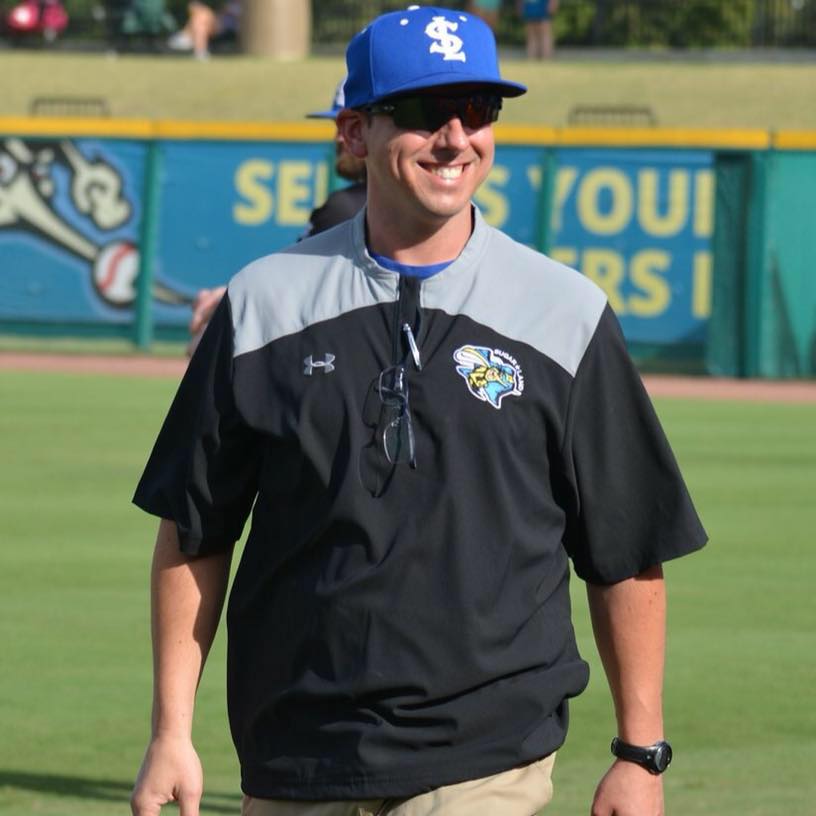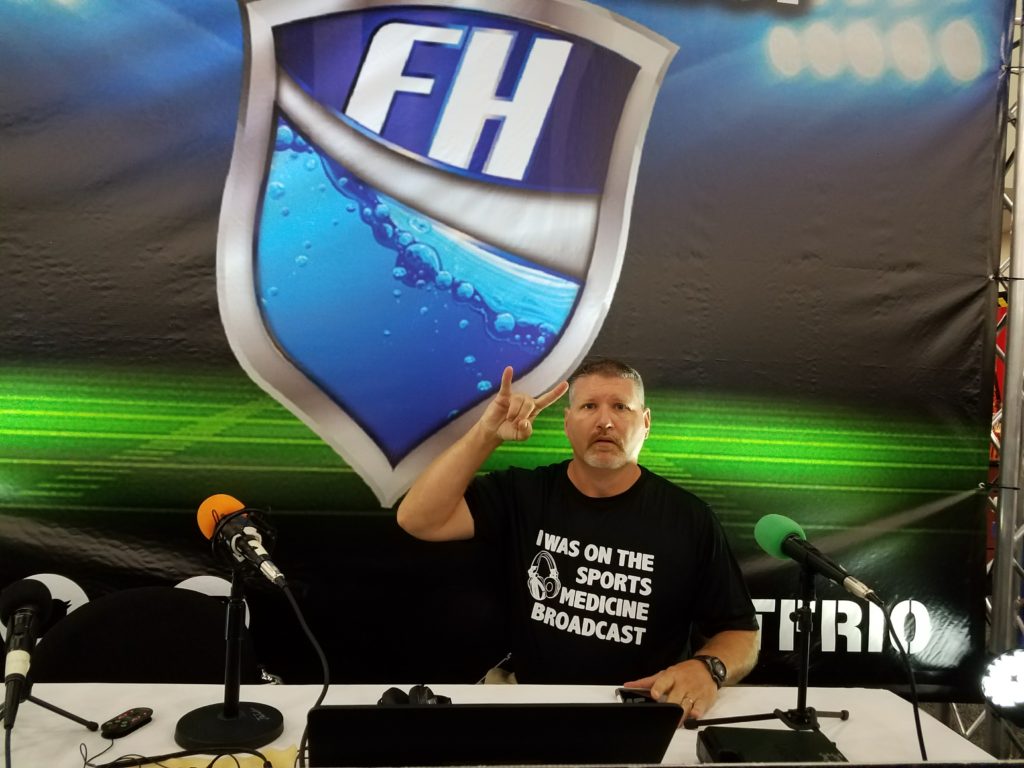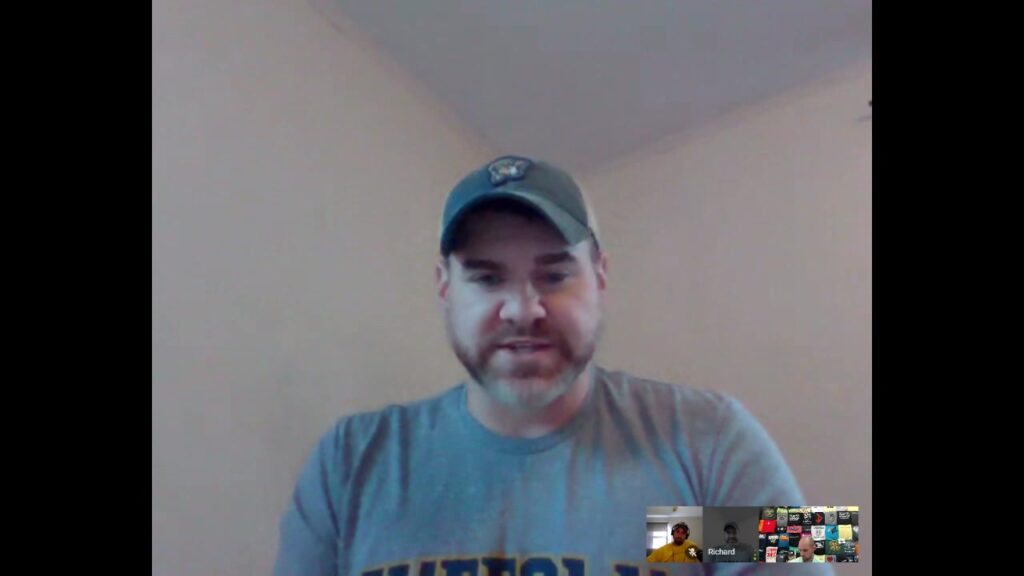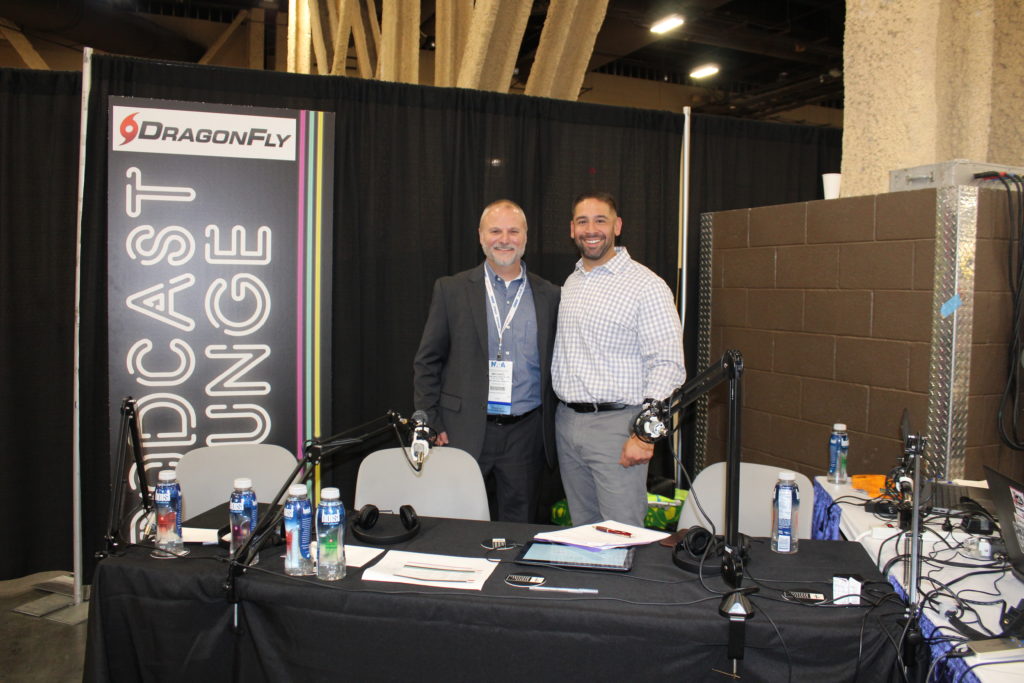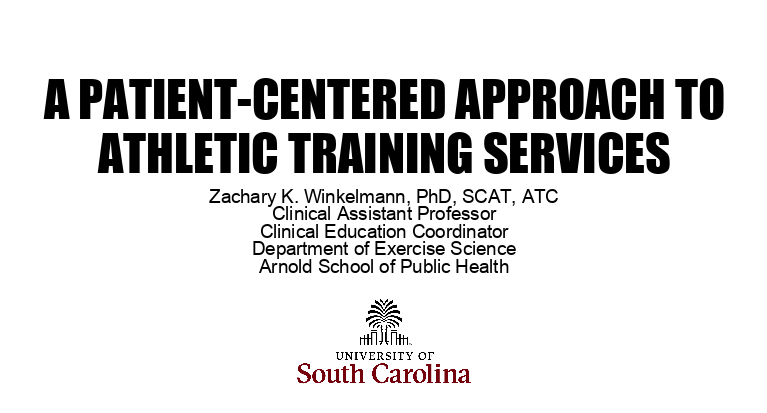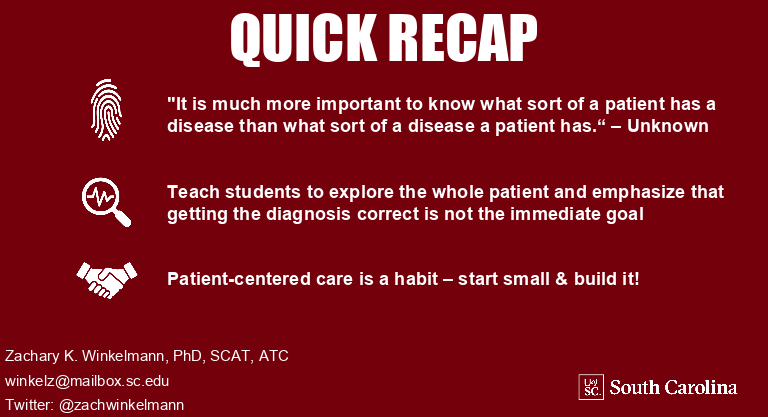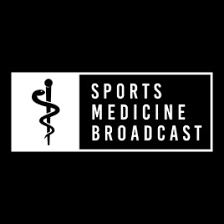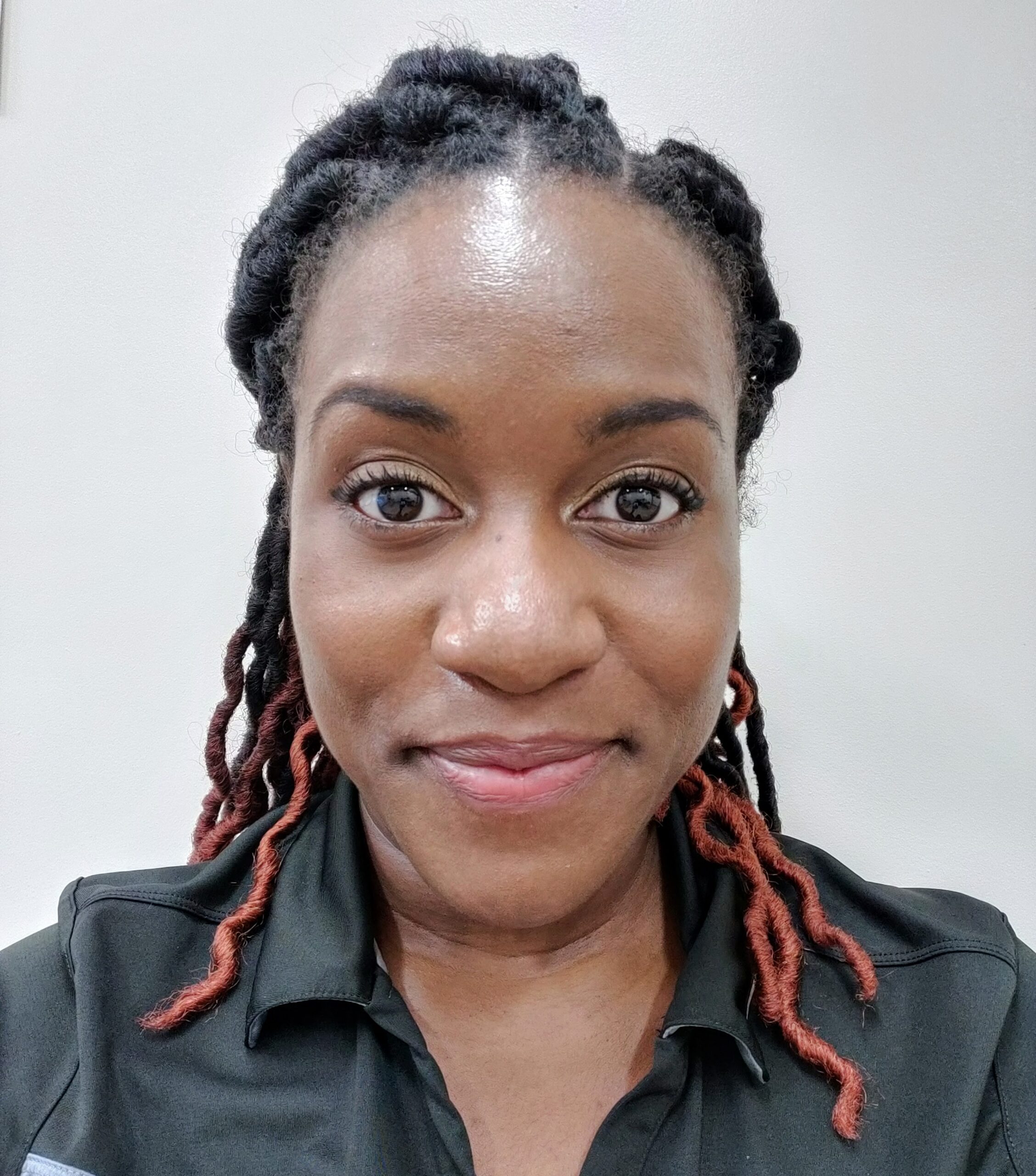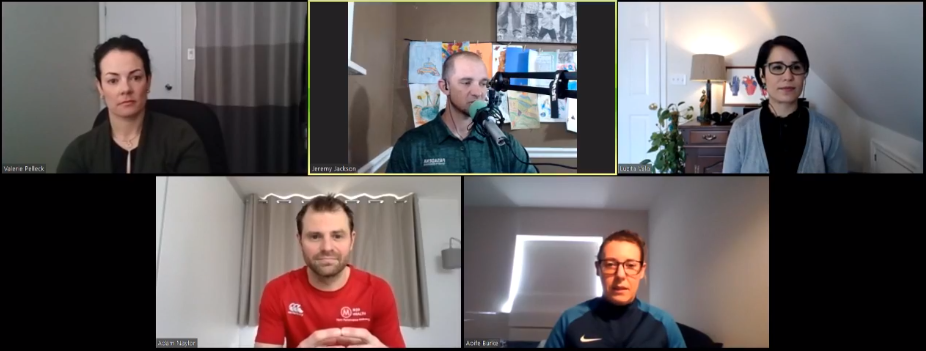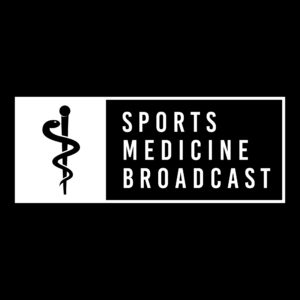Podcast: Play in new window | Download
In AT Inventors part 2 Jay and Elysia discuss establishing a business and product testing.
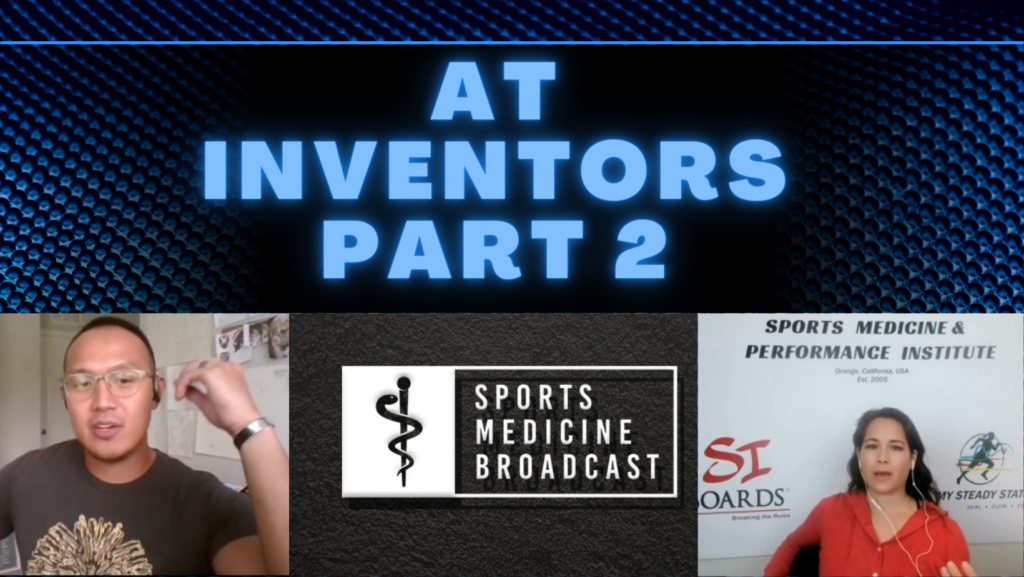
Some of the topics we discussed include:
- Establishing Business
- Defining your core values before establishing a business
If you define the core values and base all your decisions on that then decisions are a lot easier.
It is easy to chase every shiny object but as a startup, you need to be focused on doing one thing well.
- Articles of organization
- Business insurance, product liability and other protections
J: I do not have a reseller license, for now, I am a direct-seller only.
E: Reseller certificate allows you to get items tax-free that you are going to use for your business. You need this to sell it anywhere, like a trade show…this is so you can pay more taxes.
Depending on structures you may set up monthly sales tax or quarterly.
E: Product liability insurance – Mine is high since I am looped in there with skateboards where people break bones often.
I have been able to break that into 4 payments so it is not a huge hit
My patent fee structure is confusing and I break it up to level out the costs.
Design and utility patents are different – again a couple of thousand dollars for the attorney fee.
And nobody gets approved on the first round so be ready for that. Lots of small adjustments.
Consider if you really need a patent or can you focus on other aspects of the business?
- Business structure types, LLC, sole or other corporations
Toki Nakazawa – you can function as an S corp using Form 1120S even though you are an LLC
- Funding vs bootstrapping your business financial needs
- How do you manage a business partnership? Do you want a business partnership
- Is Shark Tank or other investors an option
J: the style of my product is already out there, i am just making it more specific for our situation.
E: KNOW YOUR PRODUCT LINE
J: Is it sustainable?
- Method of selling product (direct, wholesale, etc)
- Where is all the money going? Proper accounting and continual costs
- When to consider employees, worker comp insurance, payroll and managing other people
E: I answer all of my phone calls and emails. Do you want to make money or provide something that enriches the lives of others?
If money is your motivation then focus on that.
If freedom of schedule is your goal, focus on that.
J: My military price is important to me. I want to support and help those that have protected us and given me so much.
- Why people always ask about how much money you make, how many units you sell and if you are a million dollar company
- The importance of good business mentors who understand your product line
J: I am always cautious because it is a dog eat dog world
E: One of my college professors keeps a log of all her incoming and outgoing calls
Leave the end of the day with your desk clean
Through the years I have been able to meet all of my product owners. These inventors offered to help in establishing a business. I reached out and they helped out
SBA and SCORE are great resources
Some of the advice was helpful in that it showed me the wrong path.
- When to quit your day job and jump all in with your business
J: Elysia, you are really an example. The passion in me really says let's go all-in with Nexus because I feel I am mediocre at both right now. I am not ready to leave the day job yet (I have a baby on the way).
E: Lots of friends know they can not start a business because of the family's need for stability.
It may take you longer, but you can do it.
“I can not keep doing it with the work schedule and my health…it is time”
You can jump right back into AT if needed.
- Testing
- The MVP-Mean Viable Product
- How do you choose a product line and different tiers of quality
- When to diversify and when to stay focused on your product line
- Do you have multi-purpose materials or interchangeable parts
- Is your product safe, allergy free, structurally sound or have a shelf life
- How do you manage broken products?
E: Don’t make broken Products!!!
It is part of the process..my eyes are on everything, so i am quality control
“If the recipe is working don’t change it”
Honor your warranty but protect yourself.
Do not always apologize for things…say thanks for waiting instead of sorry I am late
J: I wish I could be all in on quality control.
Materials are important
I can not re-make the whole product to fit the needs of one person.
- Is it hype or is it real- managing people who want product for free and offer false promises
E: some people are upset that they don’t want to afford it.
Is this really going to be a good partnership or is it smoke and mirrors.
I do not have any paid nice words people…they all bought the product and decided to say something positive
J: via social media, I get at least a message a week…everyone has to pay.
These people LOVE Athletic Trainers and help support the podcast:
Frio Hydration – Superior Hydration products.
Donate and get some swag (like Patreon but for the school)
HOIST – No matter your reason for dehydration DRINK HOIST
MedBridge Education – Use “TheSMB” to save some, be entered in a drawing for a second year free, and support the podcast.
Marc Pro – Use “THESMB” to recover better.
These people LOVE Athletic Trainers and help support the podcast:
Frio Hydration – Superior Hydration products.
Donate and get some swag (like Patreon but for the school)
HOIST – No matter your reason for dehydration DRINK HOIST
MedBridge Education – Use “TheSMB” to save some, be entered in a drawing for a second year free, and support the podcast.
Marc Pro – Use “THESMB” to recover better.
